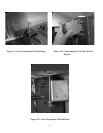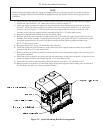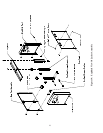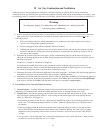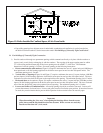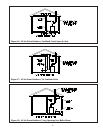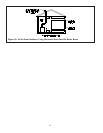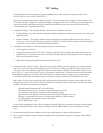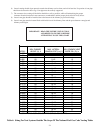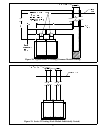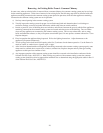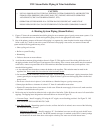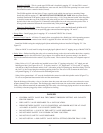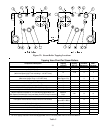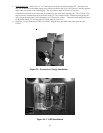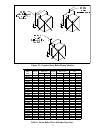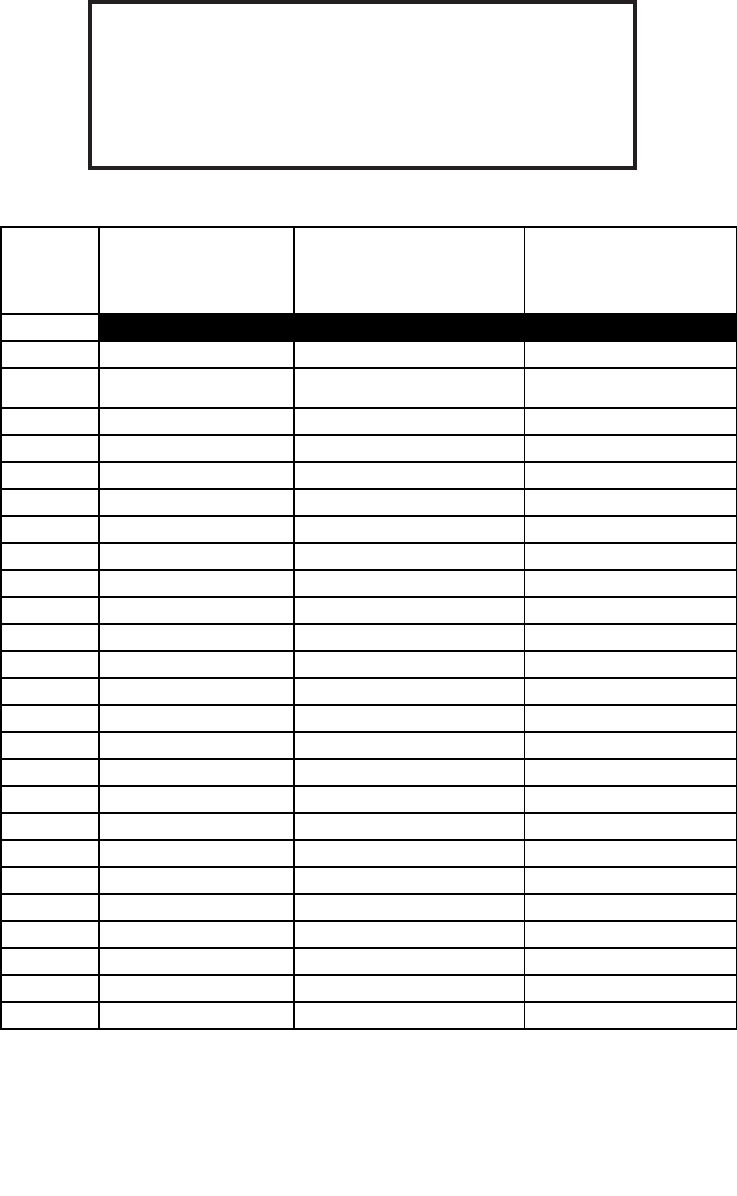
26
6) Lateral venting should slope upwards towards the chimney not less than one inch in four feet. No portion of vent pipe
should run downward or have sags. Vent pipe must be securely supported.
7) The connector rise coming off the boiler should be as tall as possible, while still maintaining the proper
clearance from the horizontal vent connector to combustibles and the proper pitch called for in (6) above.
8) Lateral vent pipe should be installed above the bottom of the chimney to prevent blockage.
9) Lateral vent pipe must be inserted flush with inside face of the chimney liner and the space between vent pipe and
chimney sealed tight.
24
Table 4: Sizing For Vent Systems Outside The Scope Of The National Fuel Gas Code Venting Tables
IMPORTANT: READ THE ENTIRE VENT SECTION
AND REFER TO FIGURE 20 BEFORE
ATTEMPTING TO USE THIS CHART
32-475*
32-570 20 9 1/2 12
32-665 20 9 1/2 12
32-760 20 10 12
32-855 20 10 1/2 12
32-950 20 11 14
32-1045 20 11 1/2 14
32-1140 20 12 14
32-1235 20 12 1/2 14
32-1330 20 13 16
32-1425 20 13 1/2 16
32-1520 20 14 16
32-1615 20 14 1/2 16
32-1710 20 14 1/2 18
32-1805 20 15 18
32-1900 20 15 1/2 18
32-1995 20 16 18
32-2090 20 16 1/2 18
32-2185 20 17 20
32-2280 20 17 1/2 20
32-2375 20 18 20
32-2470 20 18 1/2 20
32-2565 20 19 20
32-2660 20 19 1/2 22
32-2755 20 19 1/2 22
32-2850 20 20 22
* USE NATIONAL FUEL GAS CODE TO SIZE 32-475 VENTING
MODEL
MIN. COMMON VENT
INSIDE DIA. (D), in
MIN. CHIMNEY
HEIGHT (H), ft
MAX. LATERAL
COMMON VENT (Lm), ft



